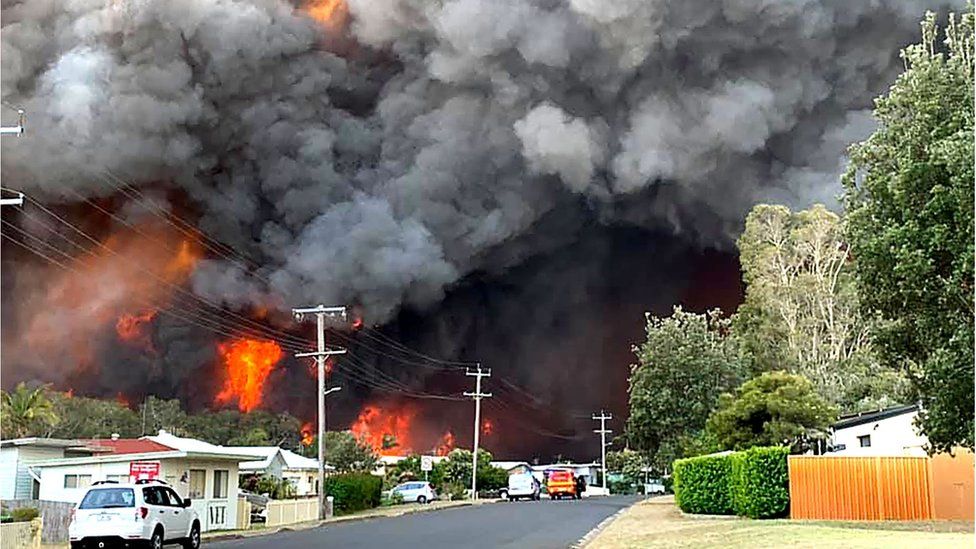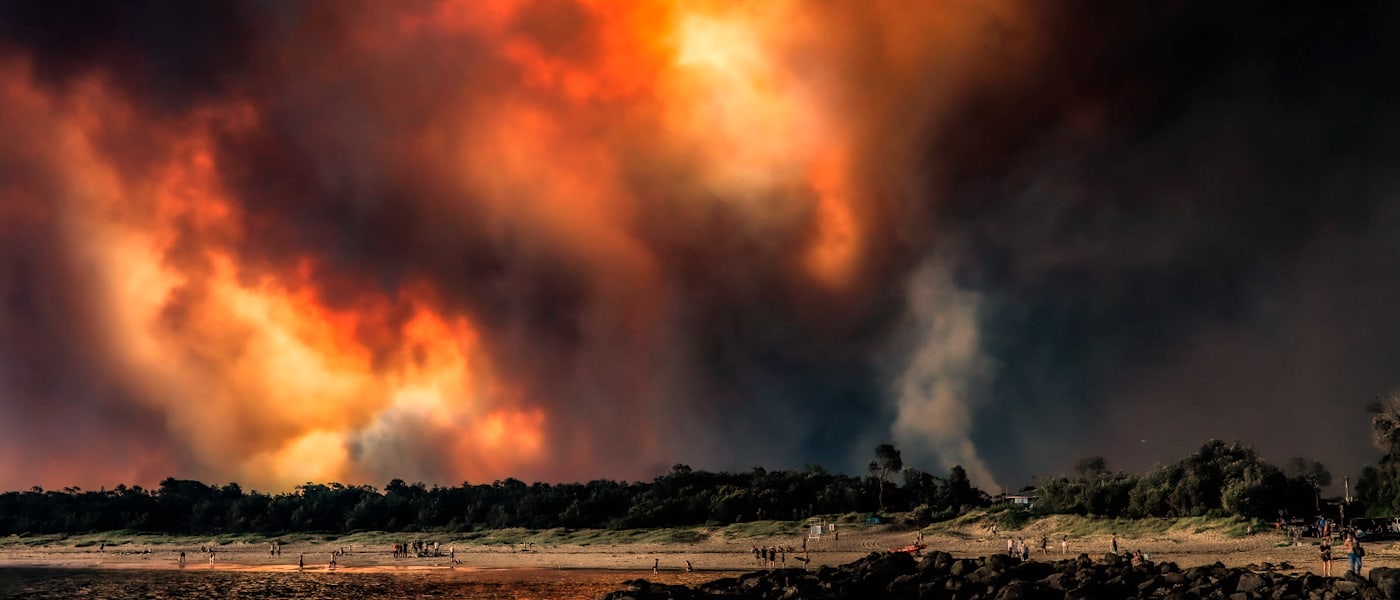BMP Basics: Protecting Your Property Against Bushfire Risks
BMP Basics: Protecting Your Property Against Bushfire Risks
Blog Article
Professional Recommendations on Bushfire Management for Boosted Fire Security
In the realm of bushfire administration, the importance of professional guidance can not be overstated. With the boosting frequency and extent of wildfires, it is necessary to seek support from those well-versed in the ins and outs of fire habits and reduction strategies. From comprehending the subtleties of bushfire habits to implementing useful measures such as firebreaks and defensible areas, there exists a wide range of expertise that can substantially boost fire protection efforts. The vital exists not only in the private parts of fire monitoring but also in their natural combination right into a detailed strategy. By delving right into the experience supplied in the following discussion, a clearer course in the direction of bolstered fire defense can be illuminated.
Recognizing Bushfire Behavior
To effectively alleviate the influence and handle of bushfires, it is necessary to have a comprehensive understanding of bushfire habits. Bushfires are complex natural phenomena influenced by various aspects such as weather, topography, gas load, and human activities. Recognizing just how these elements connect is crucial in forecasting the actions of a bushfire, enabling better preparation and response methods.
One trick element of bushfire actions is fire spread. This encompasses the rate at which a fire advances, the direction it takes, and the strength of the fires. By researching previous fire cases and evaluating fire patterns, specialists can anticipate just how a bushfire could progress under details problems. BAL Assessment. This understanding contributes in devising evacuation plans, designating firefighting resources efficiently, and carrying out risk decrease procedures.
In addition, understanding cinder attack, spotting, and fire whirls is crucial in comprehending the full level of bushfire actions. By diving right into these complexities of bushfire habits, authorities can boost their preparedness and action abilities, eventually minimizing the influence of these devastating occasions.
Carrying Out Firebreaks and Defensible Rooms
Comprehending bushfire behavior is fundamental for effectively applying firebreaks and producing defensible areas to enhance fire security. Preserving these firebreaks via regular cleaning of particles and greenery is essential to ensure their performance during a bushfire event.

Properly implementing firebreaks and defensible areas needs careful planning, normal upkeep, and community participation to ensure the highest degree of fire security for homes and lives in bushfire-prone locations.
Utilizing Early Caution Solutions
Releasing sophisticated early warning systems is essential for timely discovery and informing of potential bushfire threats. By using innovative technologies such as satellite tracking, weather sensing units, and thermal imaging, authorities can successfully monitor fire-prone locations and spot ignition resources at the earliest phases. These systems can give real-time information ablaze direction, strength, and habits, permitting for timely decision-making and rapid deployment of firefighting resources to the influenced locations.
Early warning systems likewise play a crucial function in notifying locals and communities about putting in jeopardy bushfire dangers. Through automated sirens, message alerts, call, and social networks notifications, people can be quickly informed regarding evacuation orders, safe shelter my explanation locations, and emergency treatments. This positive strategy not only saves lives yet likewise lessens residential property damages by guaranteeing that people have adequate time to leave and shield their homes.
Developing Evacuation Strategies
Effective evacuation plans are necessary for making certain the safety of homeowners in bushfire-prone areas. Establishing well-balanced emptying strategies is vital in mitigating the threats presented by bushfires and guarding human life. These plans must be detailed, taking into consideration various variables such as the topography of the location, the thickness of plants, and the most likely rate and direction of the fire's spread.
When creating evacuation strategies, it is essential to establish clear evacuation routes and setting up points where residents can gather securely. These courses should be frequently preserved to make certain accessibility throughout emergency situations. Furthermore, interaction approaches have to be in place to sharp residents of brewing danger and provide clear instructions on evacuation treatments.
Collaboration in between regional authorities, emergency situation services, and area participants is necessary in establishing reliable discharge plans. When a bushfire endangers the location, routine drills and exercises should be performed to familiarize locals with the procedures and make sure a swift and organized emptying (Bushfire Risk). By focusing on the development of durable discharge plans, areas can improve their durability to bushfire emergency situations and lower the possible influence on properties and lives

Participating In Community Preparedness
In the world of bushfire management, promoting area preparedness plays a critical duty in fortifying the resilience of citizens living in more info here high-risk locations. Taking part in community preparedness involves informing homeowners on bushfire threats, advertising fire security methods, and establishing emergency situation strategies jointly. By proactively entailing the community in readiness initiatives, people come to be more notified and encouraged to take positive actions to protect their lives and residential properties during bushfire cases.
Area preparedness campaigns typically include performing fire drills, establishing communication networks, and organizing training sessions ablaze reductions methods. In addition, encouraging cooperation among neighbors to produce a cohesive support system can significantly improve the total readiness degree of an area. When homeowners are well-informed and equipped to react effectively to bushfires, the probability of decreasing damage and making certain security rises substantially.
Verdict
To conclude, effective bushfire monitoring calls for an extensive understanding of fire habits, the implementation of firebreaks and defensible areas, the utilization of very early caution systems, the advancement of evacuation plans, and neighborhood interaction in readiness efforts. By integrating these methods, communities can boost their fire defense procedures and decrease the effect of bushfires on both Look At This residential property and lives. BAL Assessment. It is vital for all stakeholders to function together to develop a safer atmosphere despite this natural catastrophe
To effectively minimize the influence and handle of bushfires, it is critical to have a comprehensive understanding of bushfire habits. By studying past fire incidents and evaluating fire patterns, specialists can prepare for exactly how a bushfire may advance under specific conditions.Understanding bushfire behavior is fundamental for effectively executing firebreaks and developing defensible spaces to improve fire defense. Engaging in neighborhood readiness involves enlightening residents on bushfire dangers, advertising fire safety and security techniques, and establishing emergency situation plans collectively.In conclusion, effective bushfire management calls for a thorough understanding of fire behavior, the execution of firebreaks and defensible rooms, the application of very early warning systems, the growth of discharge strategies, and community interaction in readiness efforts.
Report this page